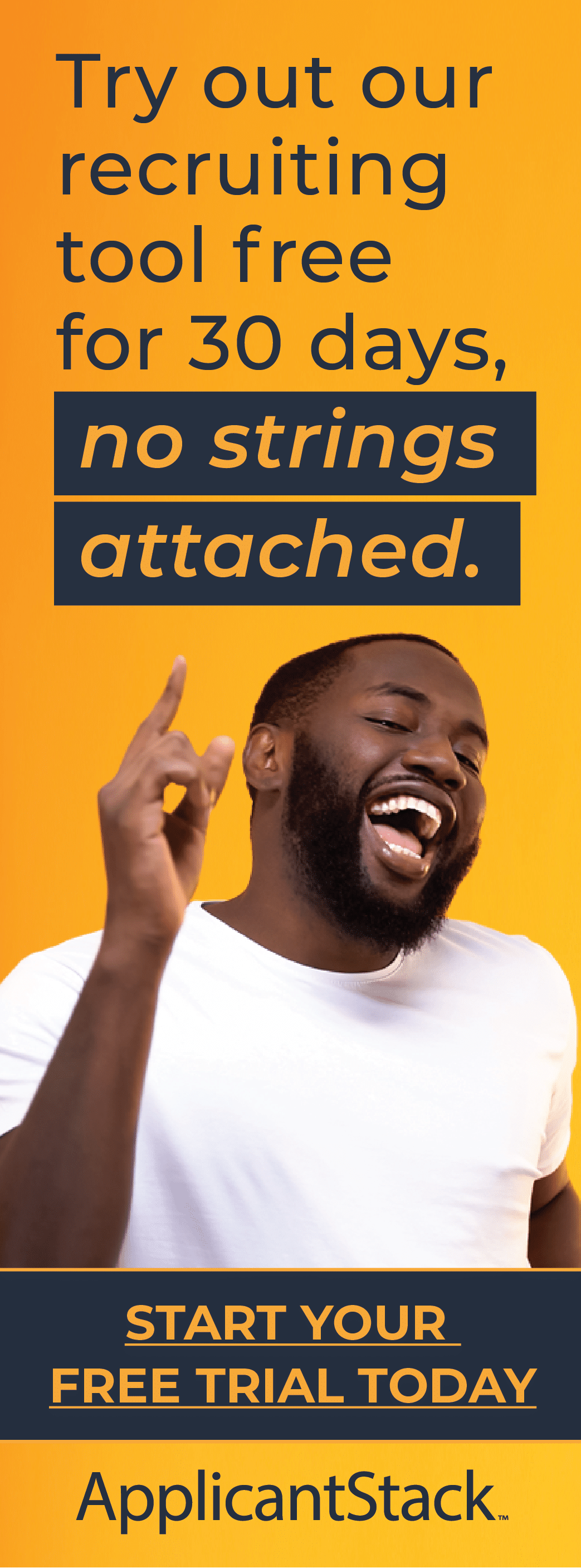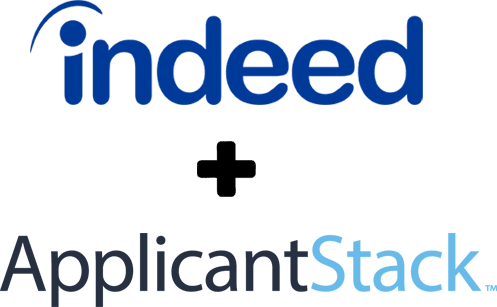Bringing a new hire onboard is an exciting time for any organization, but it can also come with some stress. Knowing how to onboard an employee effectively is a must, and this guide to onboarding planning ensures a more effective and efficient process.
What is Onboarding?
Onboarding refers to the process of bringing a new staff member into a role within an organization. It often includes a variety of steps that begin when an individual accepts a job offer with your business. Part of the onboarding process includes collecting vital information, often through the completion of required forms and documents. But that’s not all onboarding involves, and failing to see the big picture can increase your company’s risk of high turnover and poor retention rates.
What is Onboarding Planning?
Onboarding planning involves creating a detailed plan for how the process will look every time you bring on a new hire. While some of the steps in the process will remain the same across all departments and roles, others may need to change to accommodate different responsibilities and needs.
4 Steps to Develop an Onboarding Plan
Follow these steps to engage in onboarding planning in a way that will benefit your organization and workforce.
Know your employee onboarding goal
The first step is identifying at least one goal of the onboarding process. This often includes what a new hire should be able to accomplish by a set date. In order to achieve that goal, what needs to happen? Maybe the employee needs specific training or education, or perhaps they need to do certain tasks to become more familiar with them. With a goal in mind, it becomes easier to establish an onboarding process that includes the steps needed to achieve it.
Create your onboarding training team
Another vital aspect of onboarding planning is deciding who will take part in each step. Who is helping throughout the process? In most cases, the employee’s supervisor will take an active role in bringing them onboard and up to speed on their tasks and responsibilities. But you may also have others involved, such as those working in human resources and IT. Make sure you know who is part of the onboarding team and keep them informed as to their role.
Invest in the right tools
Invest in the tools needed to manage the onboarding process more effectively. A simple option is to create a checklist with all the tasks that need to happen before the employee begins working on their own. You could also use a timeline that emphasizes when each step will be completed and what the new hire can expect.
Technology tools are also vital in ensuring a consistent and highly efficient process. The days of filling out forms by hand are long gone, and it’s time for every organization to say goodbye to this manual and hand-cramping process. Choose an HR system that includes vital documentation with electronic completion capabilities. You can also look for onboarding tools available within your hiring platform, or an all-in-one solution that keeps all data in a single place.
Map your onboarding steps
Map out the steps of the onboarding process to ensure that everyone in the organization is on the same page. You can also provide a copy of the timeline or checklist to your new hire to keep them apprised of what to expect during their first few weeks or months on the job.
Understanding the Stages of Onboarding
We cover the stages of onboarding in detail on our blog, but here’s a brief overview of what each time period should include:
- During the hiring process: Collect personal and contact information from the new hire to make follow-up communication easier.
- During the offer stage: When making an offer, stay in contact with the individual and answer any questions they may have.
- 1-2 weeks before new hire’s first day: Before they come onboard, send a welcome message and any new hire paperwork they can complete prior to starting.
- Day before first day: Provide details around their first-day schedule, work location, and expectations so they know where to go and what to bring.
- On the first day: On day one, make sure to greet the new hire and show them around (if in person), as well as provide all necessary tech tools to do their job.
- During employee’s first week: Throughout the first week, a new hire should have someone they can count on to answer their questions and provide assistance. This may be their supervisor or a co-worker.
- During first three months: Over the first 90 days, assign the employee small tasks to build their confidence and skills, set aside time for regular check-ins, and request feedback on the process.
Onboarding FAQ
If you have questions about onboarding planning and the process of bringing on new hires, we may have an answer for you below.
How long should the onboarding process take?
The timeline for onboarding often depends on the role and experience level of the new hire. But for most positions, it should last for at least a few weeks. You can also review our blog post that covers this question in more detail.
What forms should a new hire fill out?
Some of the most critical forms for new hires to complete include:
- Form I-9
- Form W-4
- State tax forms
- Employment agreement or contract
- Employee handbook acknowledgement
- Financial details (direct deposit authorization)
- Offer letter
- Background check
What is an onboarding checklist?
An onboarding checklist is a document used to track the process and ensure that no steps are overlooked. You can review templates and examples to build your own that aligns with the needs of your employees.
With ApplicantStack, onboarding planning doesn’t have to take a lot of time or effort. With onboarding tools built right into the platform, clients can easily find and bring on top talent. Learn more or try it for free today!
- 3 Tips to Improve Communication with Applicants - April 26, 2024
- Understanding Contract-To-Hire and How It Works - April 23, 2024
- Should Your Job Listings Include Salary Information? - April 19, 2024











